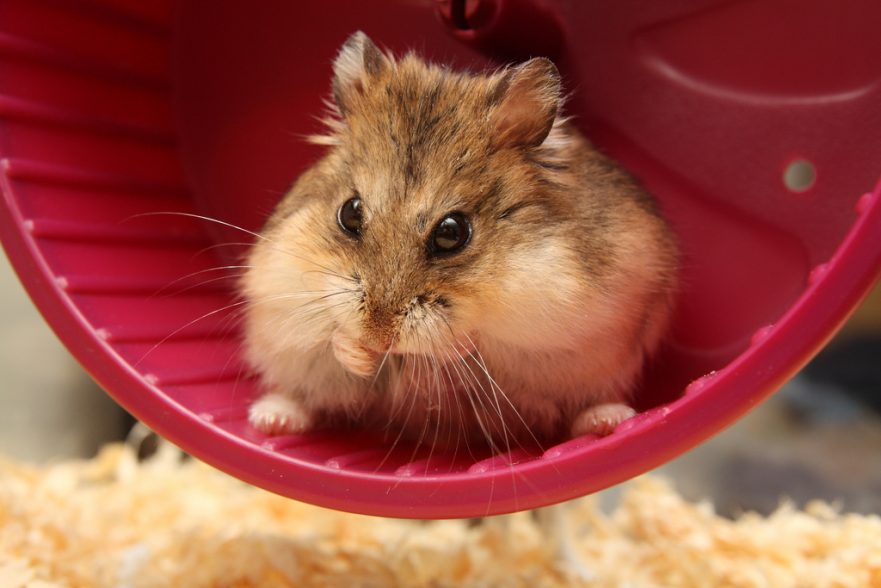Best Hamster Breeds for Small Living Areas
Hamsters have become one of the most popular pets around the world due to their small size and relatively easy care requirements. In today’s fast-paced lifestyle, many people live in apartments or small homes, making the choice of the right pet crucial. If you’re considering adding a hamster to your household and you’re limited on space, you’ll want to choose a breed that adapts well to small living areas. In this article, we’ll explore the best hamster breeds suitable for smaller environments, their characteristics, and essential care tips.
Understanding Hamster Breeds
Before diving into the specific breeds, it is essential to understand a bit about hamsters. There are several types of hamsters, each with unique characteristics. Generally, hamsters can be categorized into three main groups: Syrian hamsters, Dwarf hamsters, and Roborovski hamsters.
1. Syrian Hamsters
Syrian hamsters, also known as golden hamsters, are the most common type of pet hamster. They are larger than their dwarf counterparts, but they are very friendly and can be relatively easy to handle.
- Size: 6 to 7 inches long
- Behavior: Friendly and social; prefer to be alone
- Space Needs: A larger cage but suitable for small areas as long as it’s sufficiently enriched
Despite their size, they do well in a small living area if provided with an adequately sized cage. Importantly, they should be kept alone, as they can be territorial.
2. Campbell’s Dwarf Hamsters
Campbell’s Dwarf hamsters are one of the most popular dwarf breeds and are known for their small size and playful nature.
- Size: 3 to 4 inches long
- Behavior: Energetic and sociable; can sometimes get along with other Dwarf hamsters
- Space Needs: Require smaller cages, typically 24 inches long, ideal for small spaces
These hamsters are particularly well-suited for families. They are very lively and need toys and tunnels for enrichment.
3. Winter White Dwarf Hamsters
Winter White Dwarf hamsters are similar in size to Campbell’s but are known for their beautiful coloration and friendly disposition.
- Size: 3 to 4 inches long
- Behavior: Gentle and calm; can live in pairs if introduced at a young age
- Space Needs: Minimal cage space required; a 20-gallon tank or a similar-sized cage is sufficient
Accessible and simple to care for, they can bring much joy even in tight living conditions.
4. Roborovski Hamsters
Roborovski hamsters are the smallest of the dwarf hamsters and are known for their swift movements and endearing personalities.
- Size: 2 to 4 inches long
- Behavior: Very energetic and quick; best suited for observing rather than handling
- Space Needs: Small-sized cage with enough play space
Ideal for small areas due to their small size and diminutive needs, these hamsters are perfect for busy people who may not have time for daily handling.
Considerations for Choosing the Right Breed
Selecting the right hamster breed for your small living area involves considering more than just the breed’s size. Here’s what you should keep in mind:
Space Requirements
Ensure that you have enough space for the cage and the hamster’s necessary accessories, such as tunnels, chew toys, and exercise wheels. The cage should be well-ventilated, secure, and escape-proof.
Exercise Needs
All hamsters need regular exercise. Provide them with an exercise wheel, tunnels, and toys. Ensure you allocate some free-roaming time outside the cage in a safe space to keep them active.
Socialization
Different breeds have various social needs. For example, Syrian hamsters should be kept alone, whereas some dwarf hamsters can live in pairs. Consider the temperament and social needs of the breed you choose.
Creating a Comfortable Environment
Regardless of the hamster breed you opt for, creating a comfortable living environment is crucial to ensure their wellbeing in a confined space. Here are some tips:
Choose the Right Cage
Invest in a proper-sized cage that’s easy to clean. For dwarf hamsters, wire cages or aquariums with good ventilation work well. Always verify the bar spacing if using a wire cage to prevent escapes.
Provide Adequate Bedding
Use safe bedding materials like aspen shavings or paper-based bedding and avoid cedar shavings, which can be harmful. A soft bedding layer encourages burrowing, an essential behavior for hamsters.
Incorporate Enrichment
Hamsters are intelligent creatures that require mental stimulation. Include toys, tunnels, and various chewing items to keep them engaged. Rotate toys regularly to maintain their interest.
Establish a Routine
Hamsters are crepuscular, meaning they’re most active during dawn and dusk. Ensure your care routine accommodates their natural activity rhythm to help them thrive in their small habitats.
Conclusion
In conclusion, when choosing the best hamster breed for small living areas, it’s essential to consider various factors: breed characteristics, environmental needs, social behaviors, and care requirements. Syrian, Campbell’s Dwarf, Winter White Dwarf, and Roborovski hamsters all offer different benefits and can thrive in your limited space if provided with the right care.
Regardless of your choice, the joy and companionship that hamsters provide can significantly enhance your life. Take the time to research each breed, observe their personalities, and prepare adequately before bringing them home. By investing in a suitable habitat and a healthy routine, your hamster will lead a lovely, content life in your cozy abode.

For more information on hamster care, you may find these resources useful: Hamster Health Guide and Tips for Creating a Hamster-Friendly Environment.
